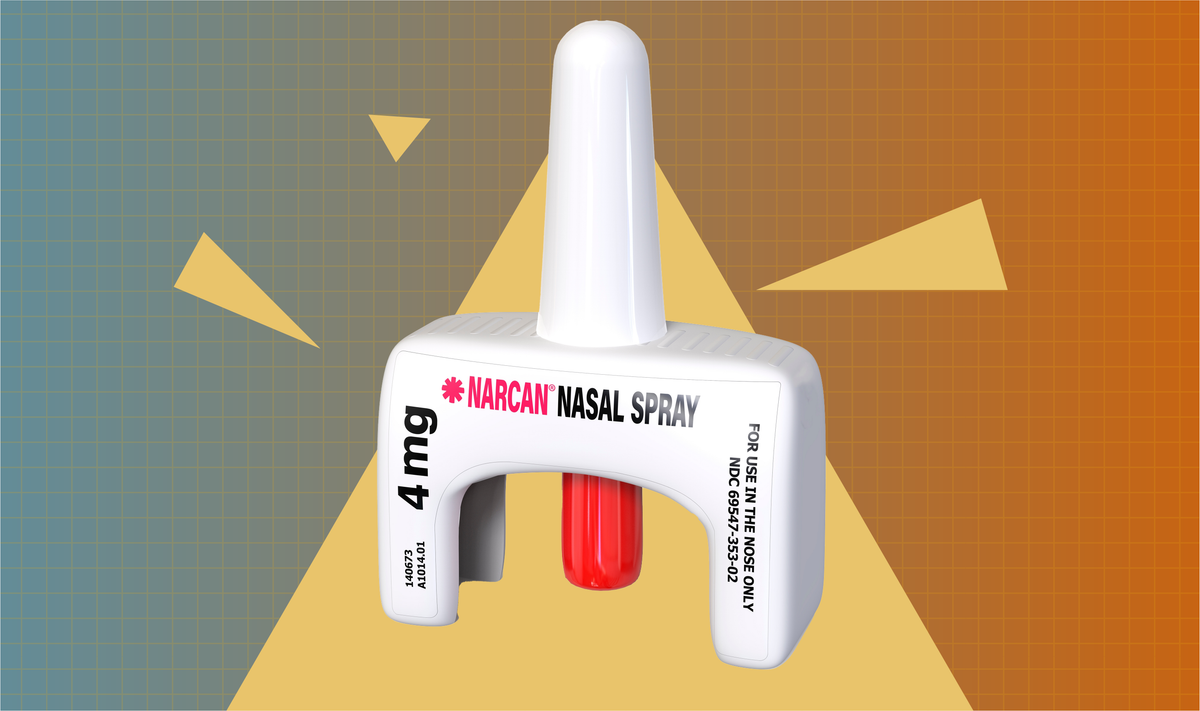International Overdose Awareness Day revives false claims about naloxone and drug use
Social media users also responded to a new ad campaign aiming to prevent fentanyl deaths.

Social media users also responded to a new ad campaign aiming to prevent fentanyl deaths.
International Overdose Awareness Day on August 31 fueled widespread discussion, with some social media users repeating the false claim that providing free naloxone encourages drug use. Plus, the new Make America Fentanyl Free ad campaign received mixed reactions online, generating more debate about naloxone.
In response, communicators may recirculate information about the signs of an opioid overdose and how naloxone prevents overdose deaths, along with other content for National Recovery Month in September.

Insights brought to you by the reporters and science writers of Public Good News (PGN), a nonprofit newsroom dedicated to improving community health.
What’s trending nationally in conversations about substance use
More than 30,000 recent social media posts mentioned International Overdose Awareness Day, celebrated annually on August 31. Organizations and individuals raised awareness about the signs of an opioid overdose and harm reduction tools like naloxone that prevent overdose deaths. Many commenters thanked those sharing these posts, and some shared stories about loved ones who had died from overdoses. In response to a Facebook post from the city of Phoenix promoting free naloxone at public libraries, most commenters expressed stigmatizing attitudes toward people who use drugs and falsely suggested that providing free naloxone promotes drug use.
On August 26, an ad campaign launched to support President Donald Trump’s pledge to reduce fentanyl overdose deaths. The Make America Fentanyl Free campaign includes ads across social media platforms highlighting the dangers of fentanyl. Responses to the campaign were mixed. While some social media users said that they felt “moved” by the ads, others said that the campaign is flawed, as the ads do not mention harm reduction tools like naloxone, which prevents overdose deaths. Some supporters of the campaign suggested without evidence that banning naloxone would discourage drug use and prevent overdose deaths.

Recommendations brought to you by the health communication experts behind Infodemiology.com.
Recommendations for public health professionals
Each week, the Infodemiology.com team will provide messaging recommendations in response to some of the trending narratives outlined above. These helpful tips can be used when creating content, updating web and FAQ pages, and developing strategy for messaging about opioids.
An uptick in social media posts about overdoses—along with National Recovery Month in September—provides an opportunity to emphasize that substance use disorder and overdoses can happen to anyone. Communicators may outline the signs of an opioid overdose and recirculate information about naloxone and other overdose prevention tools, including drug test strips, if they’re legal in your area.
Ongoing messaging about naloxone may emphasize that it can quickly reverse an opioid overdose, that research has found it does not increase drug use, and that experts have consistently attributed declining overdose deaths to the availability of this lifesaving medication. Communicators may explain where to find free naloxone, such as community programs at libraries, parks, or vending machines. Messaging may also note that naloxone is available for purchase over the counter at pharmacies, at some grocery and convenience stores, and online. Sharing information about how to use nasal spray naloxone and highlighting any local naloxone trainings is recommended. Communicators may emphasize that bystanders witnessing a possible overdose should dial 911, administer naloxone (even if they aren’t sure whether the person took opioids), check for breathing, perform CPR if trained in it or if instructed by a 911 operator, and stay with the person until emergency services arrive. If overdose symptoms do not resolve, give additional doses of naloxone every two to three minutes until the person begins to breathe normally or until help arrives. Messaging may stress that it is safe to administer naloxone even if a person is not overdosing or is not overdosing on opioids.
